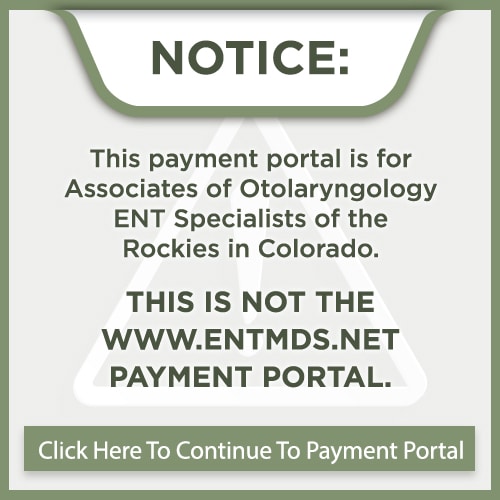What Is A Cholesteatoma?
A cholesteatoma is a skin growth that occurs in an abnormal location in the middle ear behind the eardrum. It is usually due to repeated infection, which causes an ingrowth of the skin of the eardrum. Cholesteatomas often take the form of a cyst or pouch that sheds layers of old skin that build up inside the ear. Over time, the cholesteatoma can increase in size and destroy the surrounding delicate bones of the middle ear. Hearing loss, dizziness, and facial muscle paralysis are rare but can result from continued cholesteatoma growth.

Causes Of Cholesteatoma
A cholesteatoma usually occurs because of poor Eustachian Tube function as well as infection in the middle ear. The Eustachian Tube conveys air from the back of the nose into the middle ear to equalize ear pressure (“clear the ears”). When the Eustachian Tubes work poorly, perhaps due to allergy, a cold or sinusitis, the air in the middle ear is absorbed by the body, and a partial vacuum results in the ear. The vacuum pressure sucks in a pouch or sac by stretching the eardrum, especially areas weakened by previous infections. This sac often becomes a cholesteatoma. A rare congenital form of cholesteatoma (one present at birth) can occur in the middle ear and elsewhere, such as in the nearby skull bones. However, the type of cholesteatoma associated with ear infections is most common.
Cholesteatoma Symptoms
Initially, the ear may drain, sometimes with a foul odor. As the cholesteatoma pouch or sac enlarges, it can cause a full feeling or pressure in the ear, along with hearing loss. (An ache behind or in the ear, especially at night, may cause significant discomfort.) Dizziness or muscle weakness on one side of the face (the side of the infected ear) can also occur. Any, or all, of these symptoms, are good reasons to seek medical evaluation.
Is Cholesteatoma Dangerous?
Ear cholesteatomas can be dangerous and should never be ignored. Bone erosion can cause the infection to spread into the surrounding areas, including the inner ear and brain. If untreated, deafness, brain abscess, meningitis, and rarely death can occur.
Treatments For Cholesteatoma
An examination by an otolaryngologist can confirm the presence of a cholesteatoma. Initial treatment may consist of a careful cleaning of the ear, antibiotics, and ear drops. Therapy aims to stop drainage in the ear by controlling the infection. The extent or growth characteristics of a cholesteatoma must also be evaluated.
Large or complicated cholesteatomas usually require surgical treatment to protect the patient from serious complications. Hearing and balance tests and CAT scans of the mastoid may be necessary. These tests are performed to determine the hearing level remaining in the ear and the extent of destruction the cholesteatoma has caused. Surgery is performed under general anesthesia in most cases. The primary purpose of the surgery is to remove the cholesteatoma and infection and achieve an infection-free, dry ear. Sometimes the surgery can be necessary urgently, as in the case of a bone erosion penetrating the skull base, near to the dura, or lining of the brain. Hearing preservation or restoration is the second goal of surgery. In cases of severe ear destruction, reconstruction may not be possible. Facial nerve repair or procedures to control dizziness are rarely required. Reconstruction of the middle ear is not always possible in one operation, and therefore, a second operation may be performed six to twelve months later. The second operation will attempt to restore hearing and, at the same time, inspect the middle ear space and mastoid for residual cholesteatoma.
Follow-up office visits after surgical treatment are necessary and important because cholesteatoma sometimes recurs. In cases where a large bony cavity has been created, office visits every few months are needed in order to clean out the cavity and prevent new infections. In some patients, there must be lifelong periodic ear examinations.
Cholesteatoma Treatment in Denver, CO
Cholesteatoma is a serious but treatable ear condition which can only be diagnosed by medical examination. Persisting earache, ear drainage, ear pressure, hearing loss, dizziness, or facial muscle weakness signals the need for evaluation by an otolaryngologist-head and neck surgeon.
Associates of Otolaryngology, or, AOO | ENT Specialists of the Rockies has been serving multiple generations of families across the Denver Metro area since 1969. Our group of board-certified surgeons has been providing award-winning treatment and exceeding patients’ expectations with our specialized ENT services for over fifty-five years.
Thanks to our exceptional providers, we are an all-encompassing, comprehensive ENT practice. Our expert team of specialists includes general ENT surgeons, head and neck surgeons, sleep, sinus, and allergy specialists, and facial cosmetic and reconstructive surgeons. In addition, our team of providers is supported by doctoral-level audiologists, physician assistants, and nurse practitioners.









